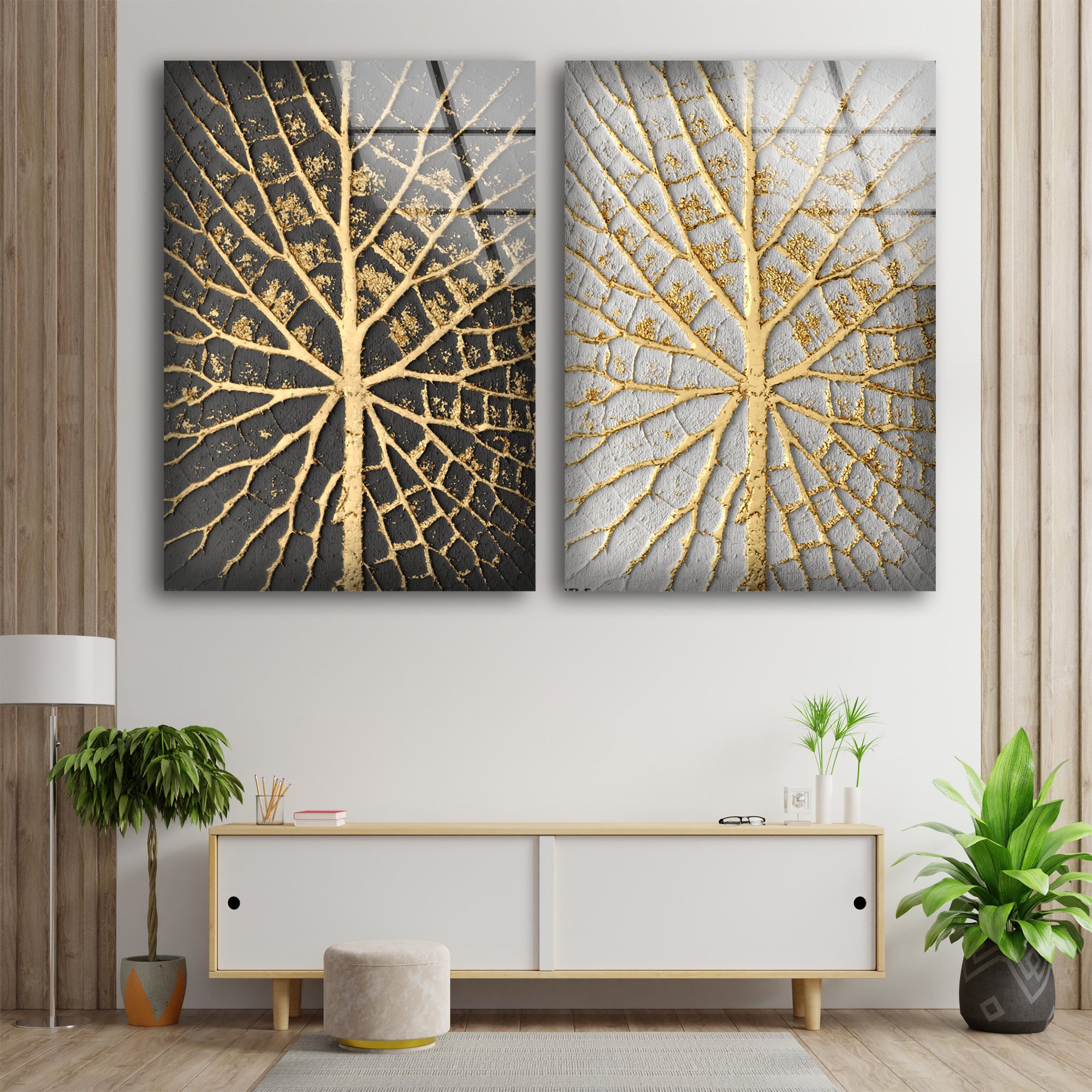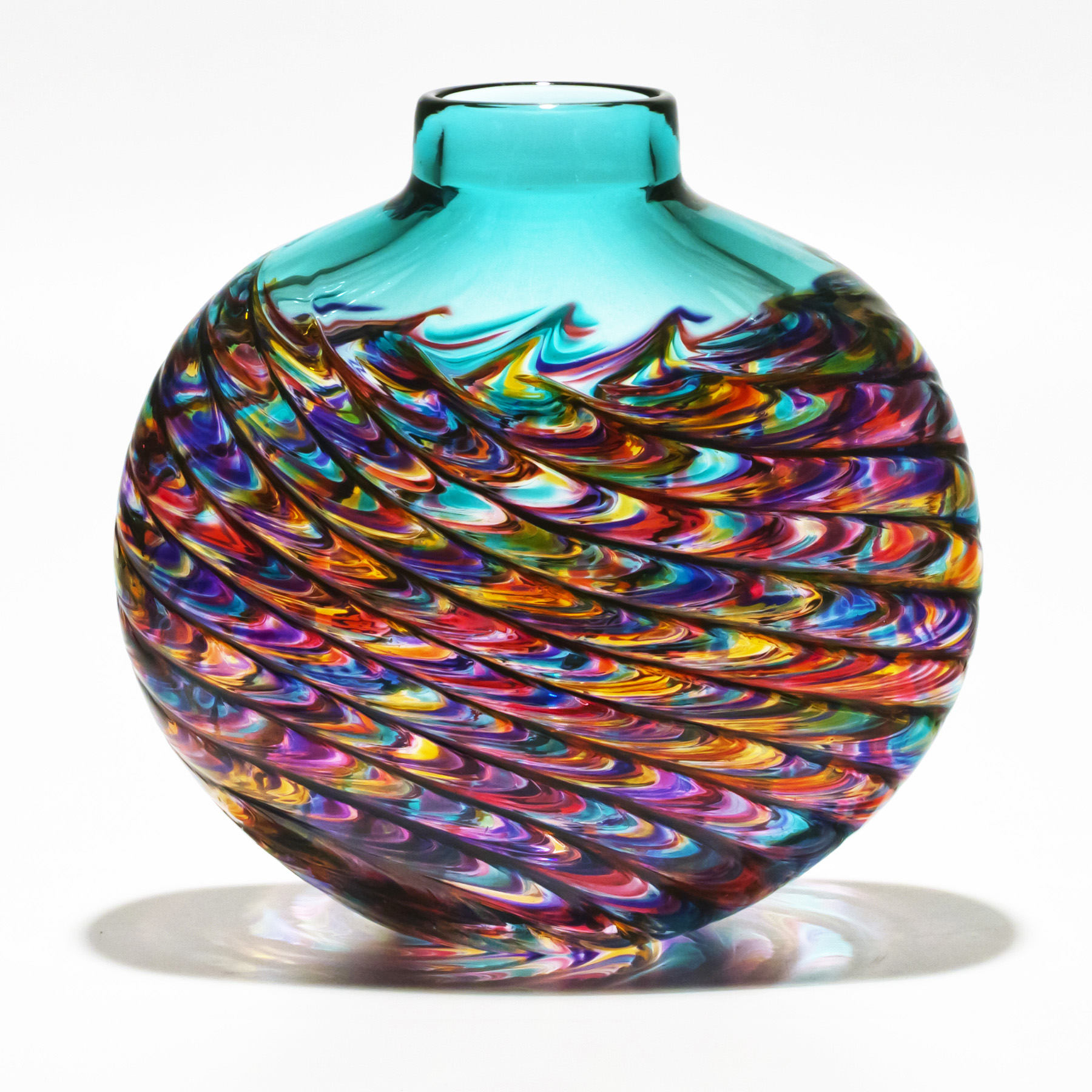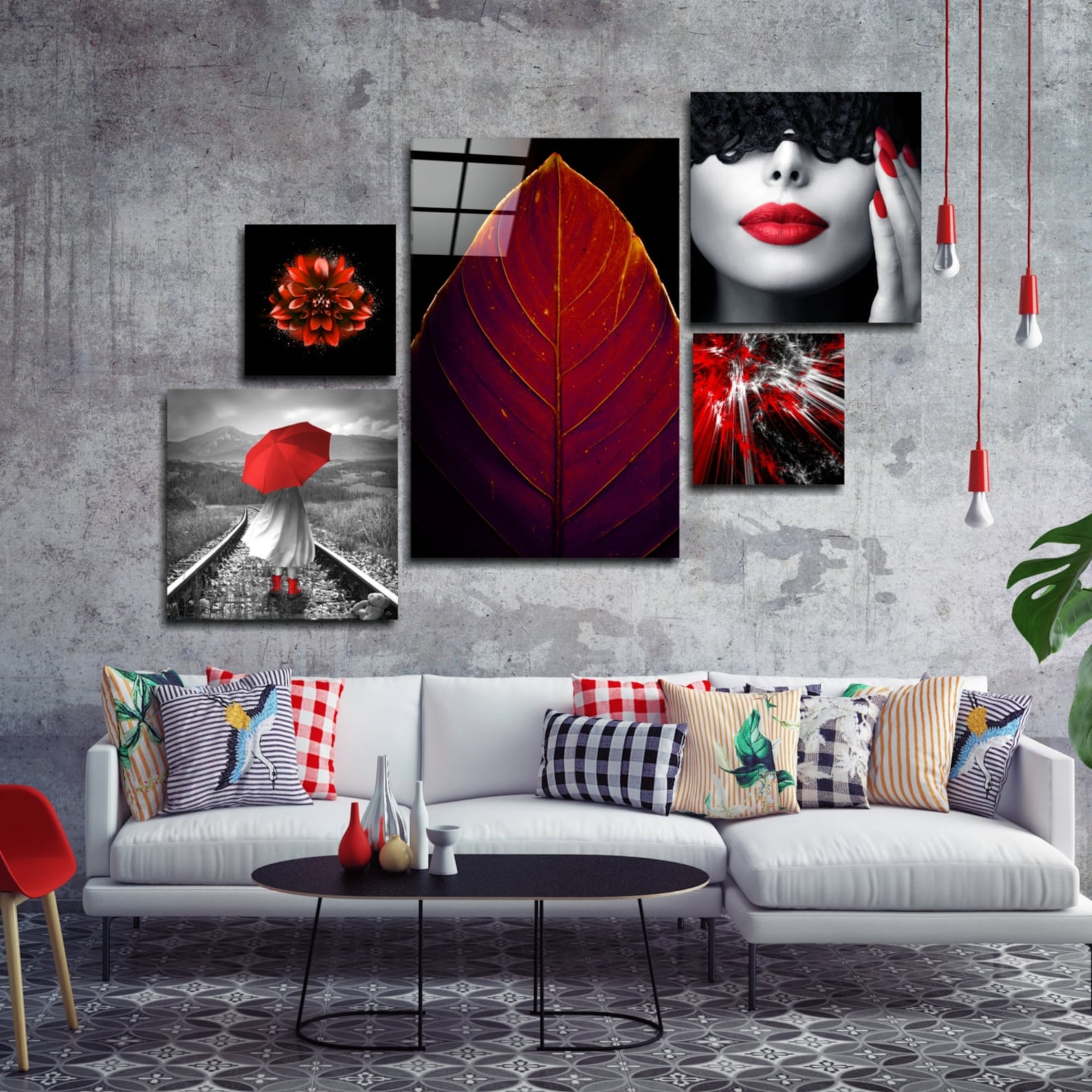Historical Evolution of Glass Decor

Glass decor, with its exquisite beauty and versatility, has a rich history that spans centuries. Its origins can be traced back to ancient civilizations, where artisans crafted glass objects for both functional and decorative purposes.
Ancient Civilizations
In ancient Egypt, glassmaking flourished during the New Kingdom (1550-1069 BC). Egyptians used glass to create colorful beads, jewelry, and small vessels. The iconic cobalt blue glass found in Tutankhamun’s tomb is a testament to their skill.
Glass decor adds a touch of elegance and sophistication to any space, including the office desk. From sleek vases to intricate paperweights, glass accents can elevate the aesthetic of your workspace. By incorporating glass decor into your office desk decor , you can create a more inviting and stylish environment that inspires creativity and productivity.
Moreover, glass decor is versatile and can complement a wide range of office styles, from modern to traditional.
In Mesopotamia, glassmaking emerged around 1800 BC. Mesopotamian artisans produced intricate glass mosaics and cylinder seals, which were used for administrative purposes.
Roman Empire
The Romans played a significant role in the development of glass decor. They established glass factories throughout their empire, producing a wide range of glass objects, including tableware, vases, and decorative pieces.
Roman glassmakers developed the technique of glassblowing, which allowed them to create more complex and delicate forms. They also introduced new colors, such as emerald green and amethyst.
Medieval Period
During the Middle Ages, glassmaking in Europe was largely confined to monasteries. Monks used glass for windows, mosaics, and liturgical objects.
Elevate your living space with stunning glass decor that adds a touch of elegance and sophistication. Whether you prefer intricate stained glass panels or sleek minimalist sculptures, glass decor can transform any room into a work of art. For a unique twist, consider incorporating unique wall art for living room that features glass elements.
From abstract mosaics to vibrant glass paintings, these pieces will add a splash of color and intrigue to your walls, while complementing your existing glass decor seamlessly.
Stained glass windows became a prominent feature of Gothic cathedrals, depicting biblical scenes and religious figures. The vibrant colors and intricate designs of these windows transformed the interior spaces of churches.
Renaissance and Baroque Periods
The Renaissance and Baroque periods witnessed a renewed interest in classical art and architecture. Glassmakers began to produce decorative pieces inspired by ancient Greek and Roman forms.
Venetian glassmakers became renowned for their exquisite crystal and colored glass. They developed techniques such as millefiori (thousand flowers) and lattimo (milky glass) to create intricate and beautiful objects.
19th and 20th Centuries
The 19th and 20th centuries saw a proliferation of glass decor styles. The Art Nouveau movement embraced organic forms and flowing lines, while Art Deco emphasized geometric shapes and bold colors.
Modernist glassmakers, such as René Lalique and Dale Chihuly, pushed the boundaries of glass art. They created sculptural and abstract pieces that challenged traditional notions of glass decor.
Contemporary Trends in Glass Decor

Contemporary glass decor showcases an array of innovative designs and techniques, blending traditional craftsmanship with modern aesthetics. The latest trends prioritize sustainability, customization, and the exploration of unconventional forms and textures.
Colors, Textures, and Patterns
Contemporary glass decor embraces a wide spectrum of colors, from vibrant hues to subtle neutrals. Textured surfaces add depth and dimension, ranging from intricate etchings to organic ripples. Patterns have become increasingly complex, incorporating geometric motifs, nature-inspired designs, and abstract compositions.
Technological Advancements
Technology has revolutionized glass decor production, enabling the creation of complex shapes and intricate designs. 3D printing and laser cutting allow for precise fabrication and the production of unique pieces. Digital printing techniques facilitate the application of high-quality images and patterns directly onto glass surfaces.
Applications of Glass Decor in Interior Design

Glass decor offers versatile applications in interior design, enhancing the aesthetic appeal and functionality of various spaces. Its transparent, reflective, and customizable nature allows for a wide range of creative possibilities, complementing diverse design styles and meeting specific design requirements.
Living Rooms, Glass decor
In living rooms, glass decor can create a spacious and inviting atmosphere. Clear glass tabletops provide an illusion of lightness, while mirrored surfaces reflect natural light, making the room appear larger and brighter. Decorative glass sculptures or vases add a touch of elegance and sophistication, reflecting light and creating visual interest.
Kitchens
Glass decor is highly functional in kitchens, offering both aesthetic and practical benefits. Glass backsplashes protect walls from spills and stains, while also adding a touch of color and style. Glass-fronted cabinets showcase dishware and cookware, creating an organized and visually appealing storage solution.
Bathrooms
In bathrooms, glass decor adds a touch of luxury and functionality. Glass shower enclosures create a sleek and modern look, while glass vanity tops provide a durable and easy-to-clean surface. Glass shelves and mirrors maximize space and reflect light, creating a sense of spaciousness.
Bedrooms
Glass decor can enhance the tranquility and elegance of bedrooms. Glass bedside tables provide a modern and stylish touch, while glass chandeliers add a touch of glamour. Glass vases or decorative objects create a serene and sophisticated atmosphere, reflecting light and adding visual interest.
Functional and Aesthetic Benefits
Beyond its aesthetic appeal, glass decor offers several functional benefits. Glass is a durable and low-maintenance material, making it ideal for high-traffic areas. Its reflective properties can enhance natural light, creating a brighter and more inviting space. Additionally, glass can be customized to match any design style, from traditional to contemporary, making it a versatile choice for any interior.